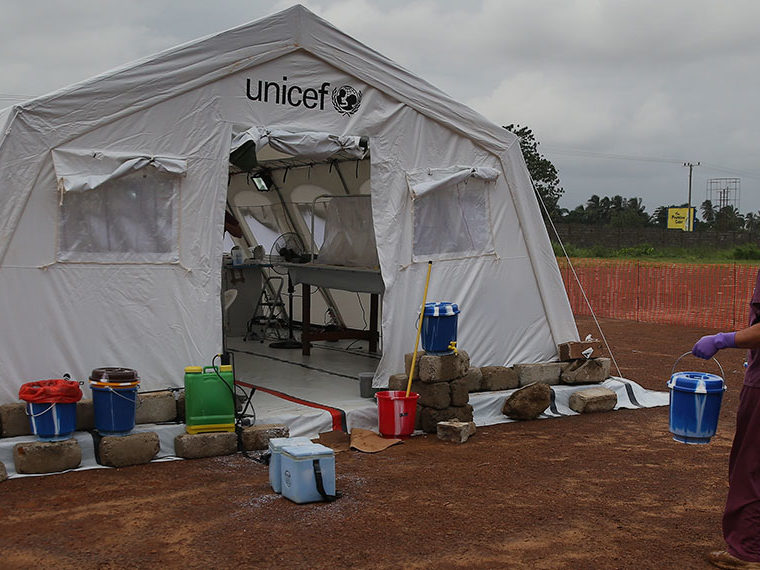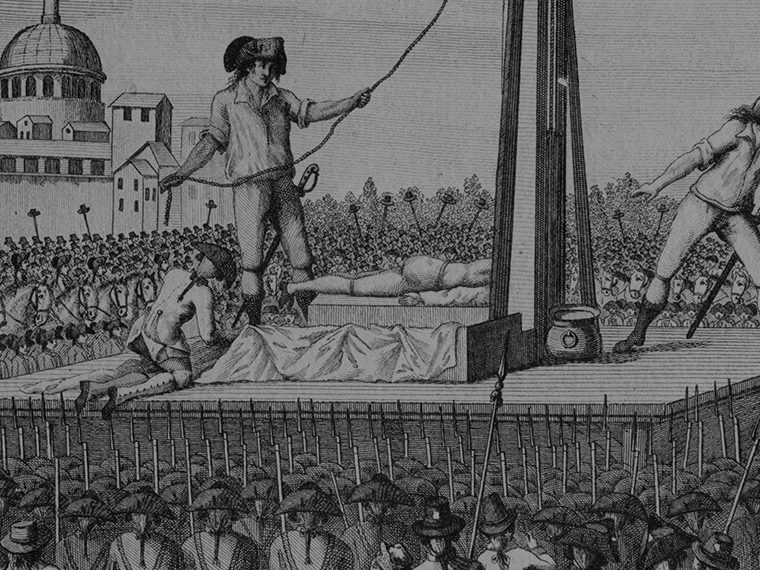A database of pre-industrial sampling supports historical and ethnographic research
We know that economic underdevelopment is often rooted in history. Smaller effects build over time, shaped by a society’s traditions and practices. Then there are the large, life-altering shifts — think colonialism, forced labor, the slave trade — that render historical shocks with economic repercussions spanning generations. But mining those connections can be challenging for researchers, since it requires drawing from many different sources and disciplines.
It was with this in mind that UCLA Anderson’s Paola Giuliano and Nathan Nunn of Harvard set out to construct a public database of ancestral economic, cultural, political and environmental characteristics from around the world. In a paper published in Economic History of Developing Regions, Giuliano and Nunn discuss how they built the database and how it can be used. Rather than analyze a specific aspect of economic underdevelopment, the paper offers a resource for future study in this realm.
Giuliano and Nunn use, as their primary source, the Ethnographic Atlas, a worldwide database of ancestral characteristics for 1,265 ethnic groups. The data is all pre-industrial, but because some of the sampled ethnic groups had written histories and others did not, the observation dates vary. In total, 23 ethnicities show observations during the 17th century or earlier; 16 during the 18th century; 310 during the 19th century; 876 between 1900 and 1950; and 31 after 1950. Nine ethnic groups show no exact observation year.
Opt In to the Review Monthly Email Update.
The authors then supplement the Ethnographic Atlas data with additional sampling to more completely cover ethnic groups from Eastern Europe, Western Europe and the former Soviet Union, bringing the total to 1,309 ethnicities.
Giuliano and Nunn work under the assumption that ancestral traits move through time alongside language, itself an important trait transmitted from mother to child. So they link the ethnographic data to current populations using Ethnologue: Languages of the World, a data source that maps the geographic distribution of more than 7,000 languages and dialects; and also using the U.S. Department of Defense-funded LandScan database, which estimates the world’s population in roughly one-kilometer-square grids.
The downloadable database can be used to assess any number of connections between ancestral characteristics and current economic conditions, factoring in such variables as political hierarchies, settlement makeup and complexity, marriage customs and gender dynamics.
Let’s say you’re interested in why certain societies invest in education for girls, but others do not. Could ancestral cultural traditions have any influence? The database could help determine that, yes, the probability of girls’ being educated is higher in societies that practice the tradition of bride price, which is the transfer of money and other assets from the groom’s family to the bride’s family (perhaps some in Indonesia or Zambia). Why? It turns out that educated girls attract higher bride prices.
Download the Database
Giuliano and Nunn’s database measures cultural and environmental characteristics of the pre-industrial ancestors of the world’s modern populations, and can be used to assess connections between ancestral characteristics and current economic conditions.
Or suppose you’re studying whether a society’s early political complexity has shaped its current economic development. Data here could help show that development is significantly higher in areas with historically centralized and hierarchical political institutions, a correlation that holds up even when comparing pairs of adjacent but politically different homelands in, for instance, Africa.
An additional data point: geographic characteristics of each group’s environment. Social scientists have long debated how much of a role geography plays in economic development over time, but geography is now generally understood to be quite important. For instance, research has shown that since geo-climatic conditions affect which crops can be grown and which farming tools can be used, those same conditions by correlation affect whether women regularly participated in agriculture.
The Ethnographic Atlas provides environmental descriptions (e.g., tundra and desert) for only 867 of the 1,265 ethnic groups in its database. So Giuliano and Nunn expand on it by including latitude and longitude for each group, as well as climate-zone classifications, terrain-ruggedness indices and distances from coastlines — all variables that can be extrapolated to assign various attributes across time and generations.
Featured Faculty
-
Paola Giuliano
Professor of Economics; Justice Elwood Lui Endowed Term Chair in Management
About the Research
Giuliano, P., & Nunn, N. (2018). Ancestral characteristics of modern populations. Economic History of Developing Regions, 33(1), 1-17, doi: 10.1080/20780389.2018.143526






